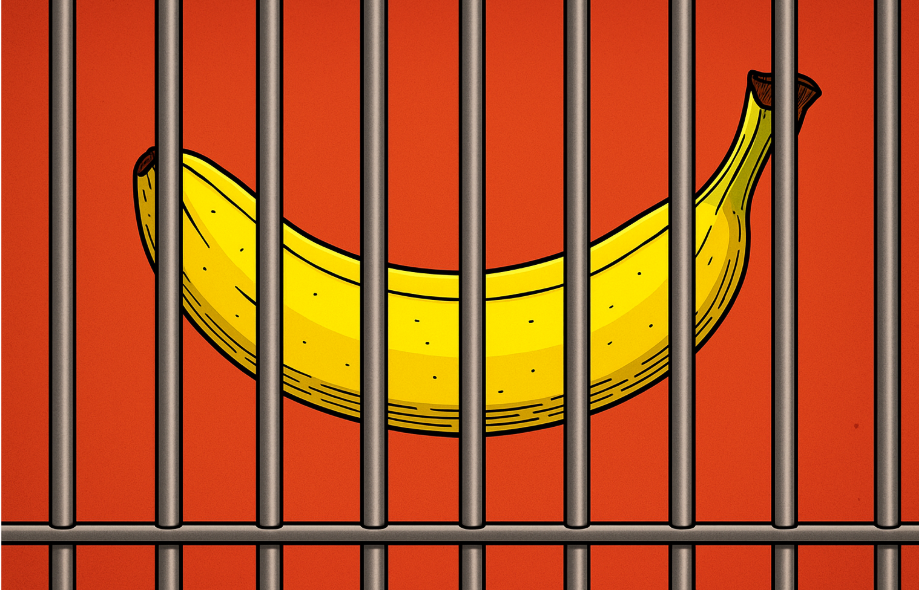Chastity for All Genders: Inclusivity in Design and Practice
2025-04-27
Introduction: The Evolving Landscape of Chastity Devices
Chastity devices have traditionally been seen as the domain of cisgender men, primarily focused on male chastity cages within BDSM culture. However, the market is evolving, with a growing recognition of the need for gender-diverse solutions. Today, designers and manufacturers are beginning to realize the importance of creating inclusive products for all genders, including female chastity belts, non-binary-friendly designs, and adaptive devices for trans individuals.
This blog explores:
-
The historical focus on male chastity cages and its limitations
-
The growing demand for female chastity devices
-
The challenges faced by trans and non-binary users
-
How modern BDSM kits are (or aren’t) adapting
-
The future of inclusive chastity design
1. Male Chastity Cages: The Traditional Standard
1.1 What Is a Male Chastity Cage?
A male chastity cage is a device designed to restrict penile erection and access, typically made from materials such as metal, silicone, or resin. It’s a staple in BDSM power dynamics, often used for orgasm control, tease-and-denial play, or submissive training.
1.2 Market Dominance & Limitations
For decades, the majority of chastity devices have been designed with cisgender men in mind, leading to a lack of options for those with different anatomies.
-
Sizing issues: Many devices are not adjustable, which can lead to discomfort or even injury for individuals whose bodies don’t fit the “average” mold.
-
Lack of inclusivity for trans women: Trans women, whether pre-op or post-op, often don’t fit the traditional male designs, leaving a significant gap in the market.
"The chastity market has long assumed a binary, cisgender user—leaving many behind."
2. Female Chastity: An Underserved Market
2.1 The Struggle for Functional Female Chastity Belts
Unlike male chastity cages, female chastity belts face unique challenges that make their design and development more complicated:
-
Anatomical complexity: Women's anatomy includes labia, clitoris, and a urinary tract, which must be considered to prevent discomfort and health risks.
-
Limited manufacturing: The historical lack of demand for female chastity products has resulted in fewer manufacturers developing these devices.
-
Discomfort: Many female chastity devices are bulky and rigid, making long-term wear difficult and uncomfortable.

2.2 Current Solutions (And Their Flaws)
-
Full-belt designs: While they cover the entire pelvic area, these belts are often impractical for long-term wear due to their size and rigidity.
-
Labia-locking shields: Some designs offer partial coverage but can cause discomfort by pinching or rubbing against sensitive areas.
-
Vaginal inserts: These devices provide sensation control but are not as secure as traditional chastity cages, which can make them more about sensation play than actual denial.
"Women and AFAB (assigned female at birth) users deserve better—chastity isn’t just a ‘male kink.’"
3. Trans & Non-Binary Users: The Forgotten Demographic
3.1 The Problem with Binary Designs
The majority of chastity devices are designed with binary gender in mind, either assuming cis male anatomy (for cages) or cis female anatomy (for belts). But where does that leave trans women, trans men, and non-binary individuals?
3.2 Challenges for Trans Women
-
Post-op trans women may not fit traditional male cages due to differences in anatomy.
-
Pre-op trans women often experience dysphoria when forced to wear traditionally masculine-designed cages, making many existing products unsuitable.
3.3 Challenges for Trans Men & Non-Binary Users
-
There are few options for trans men and non-binary individuals who have undergone phalloplasty or metoidioplasty.
-
Devices that fit traditional cisgender designs can trigger gender dysphoria, creating a significant barrier to enjoyment and exploration of chastity play.
"A one-size-fits-all approach doesn’t work when bodies and identities are diverse."
4. The BDSM Industry: Progress & Gaps
4.1 Are BDSM Kits Becoming More Inclusive?
Some brands have begun offering more inclusive options, such as:
-
Adjustable chastity belts that can accommodate a variety of anatomies.
-
Custom-fit devices using 3D scanning technology to tailor devices to individual bodies.
-
Gender-neutral marketing, moving away from traditional male/female labels.
However, many mainstream BDSM kits still focus on binary gendered products, leaving out a large segment of users.
4.2 The Role of Independent Designers
Smaller, queer-friendly brands are leading the charge in creating more inclusive products:
-
Modular designs: Some brands offer interchangeable parts to accommodate different body types and preferences.
-
Softer materials: Using materials like silicone or leather to increase comfort for long-term wear.
-
Consultation-based fittings: Providing personalized fittings for trans and intersex users to ensure both comfort and security.
Brands such as Evotion Wearables and Fancy Steel are at the forefront of this movement, providing a wider range of products designed with inclusivity in mind.
5. The Future of Inclusive Chastity Devices
5.1 What Needs to Change?
The future of chastity devices lies in more thoughtful, inclusive design. Key areas for improvement include:
-
R&D for AFAB/trans chastity tech: Better, more ergonomic designs for female and trans users, including adjustable, comfortable belts and shields.
-
Customizable sizing: Moving beyond “small/medium/large” to offer a wider range of sizes for different body types.
-
Mental health awareness: Ensuring that designs are mindful of gender dysphoria and emotional well-being during use.
5.2 A Call to Action for Manufacturers
Manufacturers and designers should:
-
Collaborate with LGBTQ+ communities: Regular feedback from diverse groups can help shape products that truly meet the needs of all users.
-
Offer discreet, affirming product descriptions: Labels like “for people with penises” instead of “for men” and “for people with vulvas” instead of “for women” would be more inclusive.
-
Expand beyond binary marketing: Chastity is for everyone who enjoys it—regardless of gender.

Conclusion: Chastity Should Have No Gender Limits
The world of chastity devices is evolving, but there’s still much work to be done. The market must adapt to serve not just cisgender men and women, but also trans, non-binary, and AFAB individuals. As we move toward a more inclusive world, it’s clear that pleasure and power play should have no boundaries.
By embracing inclusivity in design and practice, the chastity market can offer products that cater to all genders, body types, and identities. The future of chastity is inclusive, and it’s time for the industry to reflect that.









